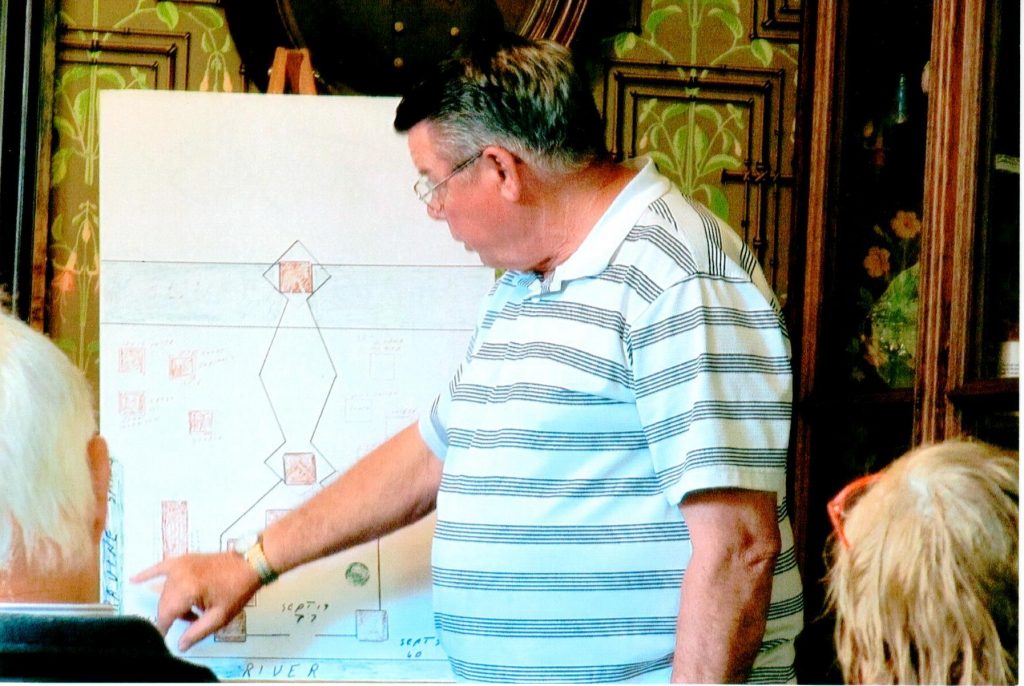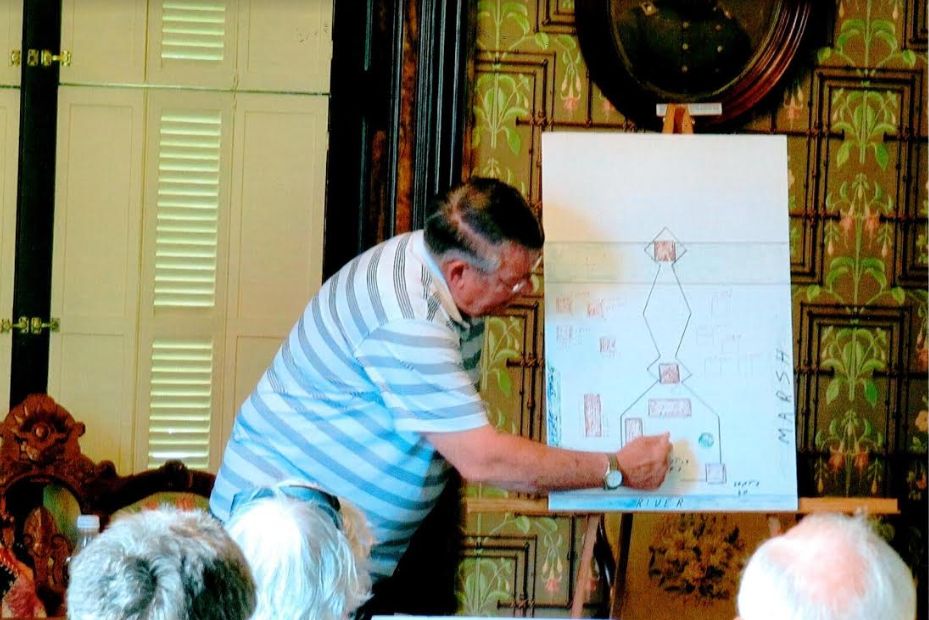The Standing Bear Council will host its October membership meeting on Sunday, October 13, at 1:00 p.m. at the Hawkeye Restaurant, 105 N. Park Drive, Keokuk. The meeting is one week later than usual because Council members are participating in the Barry Apple Festival as vendors. Those wishing to eat are encouraged to come at noon. Standing Bear Council meetings are open to all people – Native and non-Native. Please bring one canned or dry good for storage.
John Bergman will discuss the history of the Sauk and Fox nations, with an emphasis on the area they called the “Wakonda.” His background includes more than 20 years of research on Fort Madison; he helped to fund a study of the fort for Washington, D. C.

Bergman’s grandmother first told him of this place with the Mississippi River on one side, the Des Moines River on the second side, the sand hills at Wayland on the third side, and a 60-mile area extending down toward La Grange on the fourth side. This was the Mississippi flood plain area known as the “Wakonda,” the “spirit land,” the spiritual area of the Sauk – known as “Yellow Earth People,” and the Illinois Indians. The Illinois Indians were a confederacy of tribes that included the Peoria, Kaskaskia, and Cahokia Indians.
The Sauk and Illinois Indians believed that this area – where the rivers came together – was a “spirit place;” it gave them everything they needed in the spring and fall. The flooding resulted in vast pools of water and lush, fertile land. The land was burned every year, resulting in new growth of protein-rich blue stem grasses. Horses grazed on these grasses. There were millions of ducks and geese available for food. There were beaver and other fur-bearing animals available. Deer and elk were there by the thousands. Their needs were met so abundantly that this was sacred ground.

When Marquette and Joliet arrived at the “Wakonda” in 1673, they were met by the 8,500 Sauk living there. Earlier French explorers named the Wyaconda River – a tributary of the Mississippi River – Wakonda. This made the natives angry, so they made the French change the name of the river to Wyaconda. When the French first encountered the Meskwaki tribe, they asked the natives for their name. The Meskwaki tribe responded that they were the “Fox,” meaning the Fox gen (clan) of the Meskwaki tribe. However, the French interpreted that to mean that they were members of the Fox tribe, and the Meskwaki nation is identified as “Fox” to this day. The Fox are known as the “Red Earth People.”
The “Wakonda” was the winter home of the Sauk. The summer home was Saukenuk, an area by Rock Island and East Moline, Illinois. The Sauk were horse and canoe Indians, giving them great mobility and enabling them to travel greater distances to trade and hunt. They forged strong relationships with traders, including Dennis Julian of Nauvoo, who employed 50 voyagers, people who traveled in the wilderness and traded with the natives. The Sauk valued their business relationships with traders and never killed them. Other tribes, including the Iowa, could pose a threat to traders, so Julian sought protection from them by staying at nearby Fort Madison for a period of time.
The Council will review past events, including the Frontier Settlement Day at Quinsippi Island, and the Barry Apple Festival. A program on Native culture is planned Saturday, November 2, at the Quincy Public Library.
The Council also looks forward to participating in the Quincy Craft and Christmas Market November 8-10 at the Oakley-Lindsay Center, and to the celebration of Native American Heritage Month/Day on Saturday, November 30, at the Ivor Fowler Center in Montrose, Iowa.
The Council is a non-profit organization. For more information about the meeting and/or about Standing Bear Council’s educational programs, please call Larry Cooper at 319-795-6718, Dona Herr, at 319-520-5919, or Debbie Callaghan at 217-219-1188.